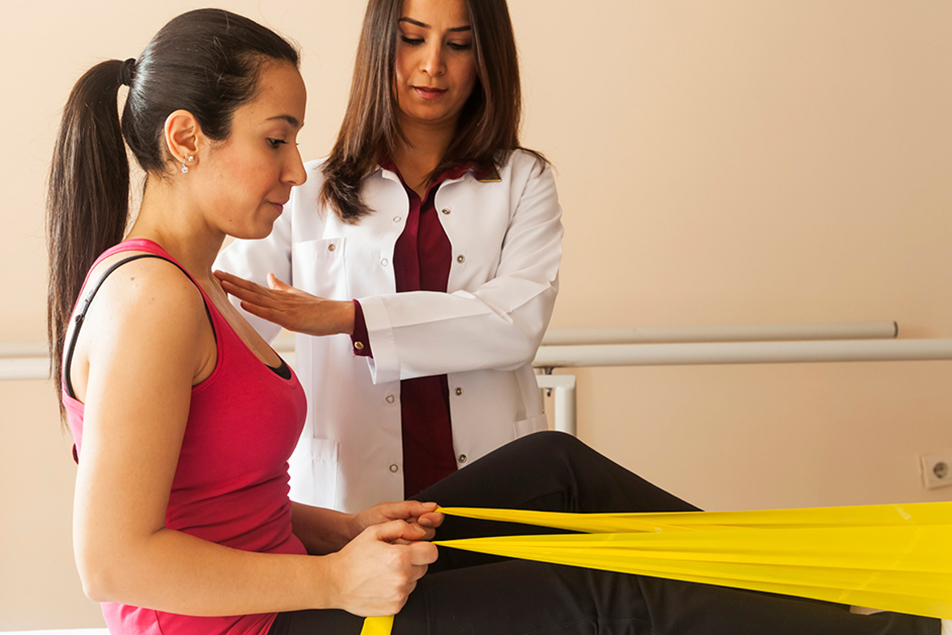To mark National Athletic Trainer Month, we’ll be speaking with a different trainer every Tuesday here on the Parkview Dashboard. To start us off, Candice Dunkin, MS, LAT, ATC, manager athletic training, Parkview Sports Medicine, helps us define the roles and capabilities of this impressive group of professionals.
Sports spectators often see someone sitting among the school's team or running out onto the field to help an injured player, but who are they exactly and why are they there? Certified athletic trainers (ATCs) have many duties, which often occur before or after an athletic event and are not seen by the public.
These team members are highly qualified, skilled, allied professionals who are educated and experienced in dealing with the healthcare problems of high school, college, professional, recreational, and industrial athletes. The athletic trainer will collaborate with physicians and other care providers to facilitate specific services, including injury prevention, recognition, treatment, emergency care, clinical diagnosis, therapeutic intervention and rehabilitation of injuries and medical conditions with a goal to return the injured individual to their competition, work, or play as quickly and safely as possible.
Athletic trainers also have strong backgrounds in nutrition, conditioning, and personal health. The athletic trainer may also be involved in such areas as development of individual and team conditioning programs, nutritional counseling and intervention, menu planning, equipment purchasing, equipment fitting, budgeting, and other administrative duties. Not to be confused with a personal trainer, an athletic trainer is nationally certified and works under the direct supervision of a physician. He or she is an essential and integral part of any complete healthcare program. Athletic trainers must meet the National Athletic Trainers’ Board of Certification’s (NATABOC) certification requirements through accredited educational programs and successfully complete the NATABOC examination.
Students who want to become a certified athletic trainer must earn a bachelor’s degree from an accredited athletic training curriculum. These programs include formal instruction in areas such as injury and illness prevention, first aid and emergency care, assessment of injuries and illnesses, human anatomy and physiology, therapeutic modalities, and nutrition. Classroom learning is enhanced through clinical education experiences. More than 70 percent of certified athletic trainers hold at least a master’s degree.




